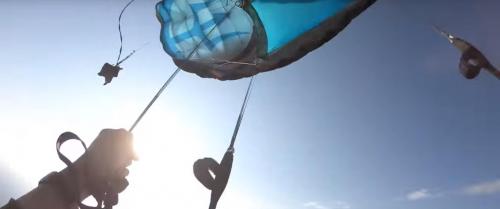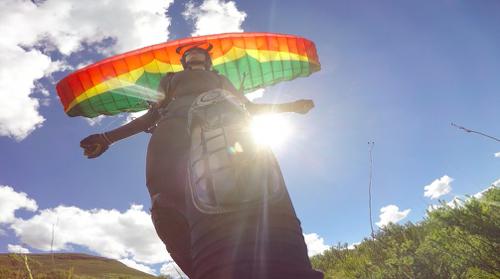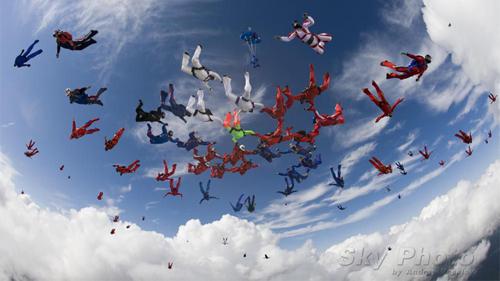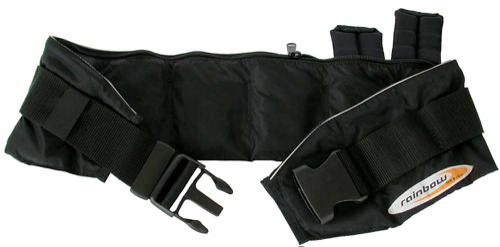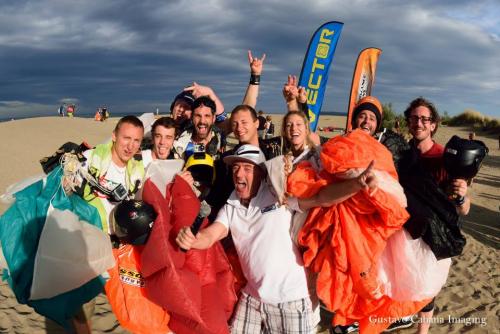The 2019 Malfunction & Incidents Collection
We recently posted an article showcasing some really sweet videos to get you amped to hit the sky. The reality however, is that not every jump goes as planned. Sometimes you find yourself victim to a bad pack job, bad technique or failed equipment. The collection of videos below are some of the malfunctions that made their way onto Youtube in the past year. Use these videos to learn from other's mistakes, look at how others reacted to their incidents and how it affected their outcome. While some malfunctions one can laugh about later, others should serve solely as a lesson to other jumpers.
From the uploader: "On my first jump with my Strix i had a toggle fire and needed to cutaway! Not the best body position and pitched with some speed. This is the only way that my great SABRE 1 wingsuit canopy can get into a diving spin."
From the uploader: "After an uneventful jump, on deployment one of the riser covers of the Wings rig did not release, leading the PD 90 to deploy unevenly and start violent spinning behind the neck of the jumper. He was about to cut away the wing and pull his reserve when the riser cover released. The jumper checked his altitude, reasoned he had altitude to keep working on it a bit longer and then untwisted. He landed back at the dropzone exhausted and shocked, then switched container manufacturer as soon as he could."
From the uploader: "Bag lock is a b*tch, especially on a tandem skydive. This TI and passenger were in the saddle by 1650 feet."
From the uploader: "A skydiver has some heavy line twists on opening, which he fights all the way down to his hard deck before cutting away and deploying his reserve parachute -- which also opens with heavy line twists. Yikes!"
From the uploader: "Skydiver rides his reserve parachute safely to the ground after a canopy malfunction!"
From the uploader: "A pilot chute in tow malfunction is never fun, especially when you try to manually deploy your main parachute and end up flipping onto your back with a mess of lines wrapping around your leg. That’s exactly what happened to this skydiver. He pulled his cutaway, deployed his reserve and crossed his fingers that the reserve would clear the ball of $#!t above his head."
From the uploader: "This jumper deployed their main, saw a malfunction they could not recover from, and cutaway. Their three-rings separated but a line got caught and the main parachute remained connected to the container. While attempting to clear the line entanglement, it appears the jumper pulled on their RSL and extracted their reserve pin; giving them a two-out. The jumper flew the reserve and, twenty seconds before safely landing their reserve, the main finally released."
From the uploader: "As they exited the plane this jumper’s deployment bag came out of their container and gave them a horseshoe malfunction. They realized their pilot chute was still in the BOC and deployed it in an attempt to remedy the situation. Unfortunately, the pilot chute failed to extract the main, resulting in a SECOND malfunction! This time the jumper was faced with a bag lock. They cutaway their main, regained stability and deployed their reserve."
From the uploader: "After an uneventful wingsuit flight this jumper deployed his main and found himself with a line over that sent him spinning. Unable to fly the canopy, he cutaway and – after dealing with some line twists – landed without further incident."
From the uploader: "This skydiver pulled at 4k feet to get comfortable under canopy again -- it was their first jump after a 4 month break from skydiving. Once they deployed, they checked their canopy and thought it was an end cell closure, but quickly realized that it was actually a line-over. They began pumping the risers to clear it and continued to do so until they reached their decision altitude. The jumper claims they were preparing to cut away when they did one last pump of the risers and cleared the line-over."
By Administrator, in General,

